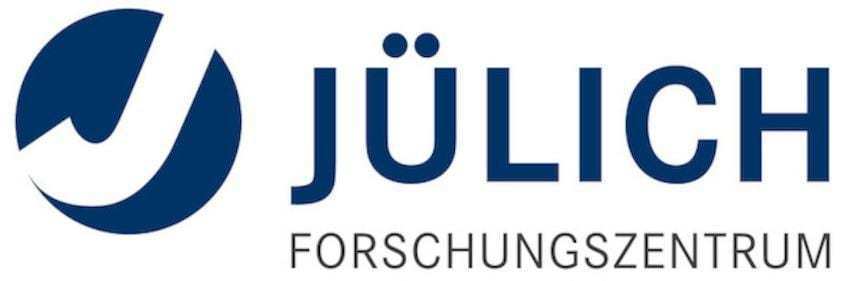Nucleotidings is presented by Neon AI, a provider of conversational artificial intelligence for individuals and businesses. Neon AI products and services include creating custom interactive Large Language Models (LLMs), trained on enterprise or personal information, such as blogs, emails, books, and extensive corporate and enterprise resources. Interactive LLMs can be used for personal Q&A, and enterprise applications ranging from writing of all types, training, employee support, hospitality kiosks, shop floor assistance, situation awareness, and integration with process automation. Neon AI applications support microphone input (speech-to-text) and audio output (text-to-speech).
See and hear interactive demonstrations of conversational AI role-playing at Neon AI
To order your own custom LLM for your company website or your personal blog, please visit the Neon AI BrainForge Square Store. Prices start as low as $300, with hosting options including on-premises and co-location.







